Public Health Emergency
There’s a public health emergency unfolding right before our eyes — and the cause couldn’t be clearer.
The scientific evidence makes clear that flavored tobacco products have the greatest appeal to young, novice smokers. This issue is quite simple—it is about protecting our kids.
Tobacco products are now available in a wide assortment of flavors that seem like they belong in a candy store or ice cream parlor. With their colorful packaging and sweet flavors, flavored tobacco products are often hard to distinguish from the candy displays near which they are frequently placed in retail outlets. There are now over 15,500 e-cigarette flavors and 200 cigar flavors, and more keep coming. [1]
Youth Tobacco Use
Studies show that flavors play a major role in youth initiation and use of tobacco products.
- 81% of youth who have ever used tobacco initiated with a flavored product.[2]
- 80% of youth tobacco users used a flavored tobacco product in the past month.[3]
- At least two-thirds of youth tobacco users report using tobacco products “because they come in flavors I like.”[4]
- Half of youth who have ever smoked initiated with menthol cigarettes. [5]
Tobacco Industry Tactics
Although tobacco companies claim to be responding to adult tobacco users’ demand for variety, flavored tobacco products play a key role in enticing new users—who are predominantly under 18—to a lifetime of addiction.
- Industry documents show that the tobacco companies have a long history of developing and marketing flavored tobacco products as “starter” products that attract kids.[6]
- Flavors improve the taste and reduce the harshness of tobacco products, making them more appealing and easier for beginners to try the product and ultimately become addicted.[7]
- Menthol cools and numbs the throat, reducing the harshness of cigarette smoke, thereby making menthol cigarettes more appealing to youth who are initiating tobacco use.[8]
- Flavors can create the false impression that a tobacco product is less harmful than it really is.[9]
Flavored Tobacco Sale Restrictions
Flavored tobacco products undermine efforts to reduce youth tobacco use.
Data on the impact of flavored tobacco sale restrictions is still emerging. However, the available data indicate that strong laws can be easily implemented and can help reduce youth access to and use of tobacco by removing from store shelves the products that are most attractive to youth and the products that youth use most often.
Restricting the sale of flavored tobacco products is an important step that will protect children from the unrelenting efforts of the tobacco industry to hook them to a deadly addiction. Restricting the sale of flavored tobacco products will protect kids.
States and localities can implement sales restrictions to address flavored tobacco products on the market and their appeal to youth.
California
In August 2020, California became the second state (after Massachusetts) to pass a law prohibiting the sale of most flavored tobacco products. The law, SB-793, includes all flavored e-cigarettes, menthol cigarettes, and most other flavored tobacco products.
A tobacco industry-sponsored referendum has been put on the November 2022 ballot, stopping the state of California from being able to enforce the law. The delayed implementation of SB-793 has allowed the tobacco industry to receive $1.1 billion dollars in revenue and allowed for 37,000 new young users of candy-flavored tobacco products.
California residents who want to vote in favor of removing flavored tobacco products and in favor of public health should select “YES” on the SB-793/Proposition 31 referendum question on the November 2022 ballot.
New Youth And Flavored Tobacco Article And Fact Sheet
This new article developed by the Tobacco-Related Disease Research Program summarizes the latest research and scientific consensus on how flavors are influencing youth use of tobacco products and includes an accompanying fact sheet that was developed with the tobacco control practitioner community in mind.
Resources
- Text of Court-Ordered Corrective Statements
- Infographic: Adult Tobacco Use in California
- Infographic: Youth Tobacco Use in California
- Sacramento Fights Flavors
- Focus on Flavors: The authority of a state or local government to restrict or prohibit the sale or distribution of flavored tobacco products by Nicholas Wellington, Deputy Attorney General, Tobacco Litigation and Enforcement Section, Office of the Attorney General of California
- A best practice guide for developing local policy campaigns to restrict the sale of flavored tobacco products in California
____________
[1] Zhu, S-H, et al., “Evolution of Electronic Cigarette Brands from 2013-2014 to 2016-2017: Analysis of Brand Websites,” Journal of Medical Internet Research, 20(3), published online March 12, 2018.
[2] Ambrose, BK, et al., “Flavored Tobacco Product Use Among US Youth Aged 12-17 Years, 2013-2014,” Journal of the American Medical Association, published online October 26, 2015.
[3] Gentzke, A, et al., “Tobacco Product Use and Associated Factors Among Middle and High School Students—National Youth Tobacco Survey, United States, 2021,” MMWR 71(5): 1-29, March 10, 2022, https://www.cdc.gov/mmwr/volumes/71/ss/pdfs/ss7105a1-H.pdf.
[4] Ambrose, BK, et al., “Flavored Tobacco Product Use Among US Youth Aged 12-17 Years, 2013-2014,” JAMA. 2015;314(17):1871-1873.
[5] Ambrose, BK, et al., “Flavored Tobacco Product Use Among US Youth Aged 12-17 Years, 2013-2014,” Journal of the American Medical Association, published online October 26, 2015
[6] See e.g., Marketing Innovations, “Youth Cigarette – New Concepts,” Memo to Brown & Williamson, September 1972, Bates No. 170042014; R.J. Reynolds Tobacco Company, “Conference report #23,” June 5, 1974, Bates No. 500254578-4580; R.J. Reynolds Inter-office Memorandum, May 9, 1974, Bates No. 511244297-4298.
[7] FDA, Preliminary Scientific Evaluation of the Possible Public Health Effects of Menthol versus Nonmenthol Cigarettes, 2013.
[8] FDA, Preliminary Scientific Evaluation of the Possible Public Health Effects of Menthol versus Nonmenthol Cigarettes, 2013.
[9] Huang, L.-L., et al., “Impact of Non-menthol Flavours in Tobacco Products on Perceptions and Use Among Youth, Young Adults and Adults: A Systematic Review,” Tobacco Control, 26(6):709-719, 2017.

